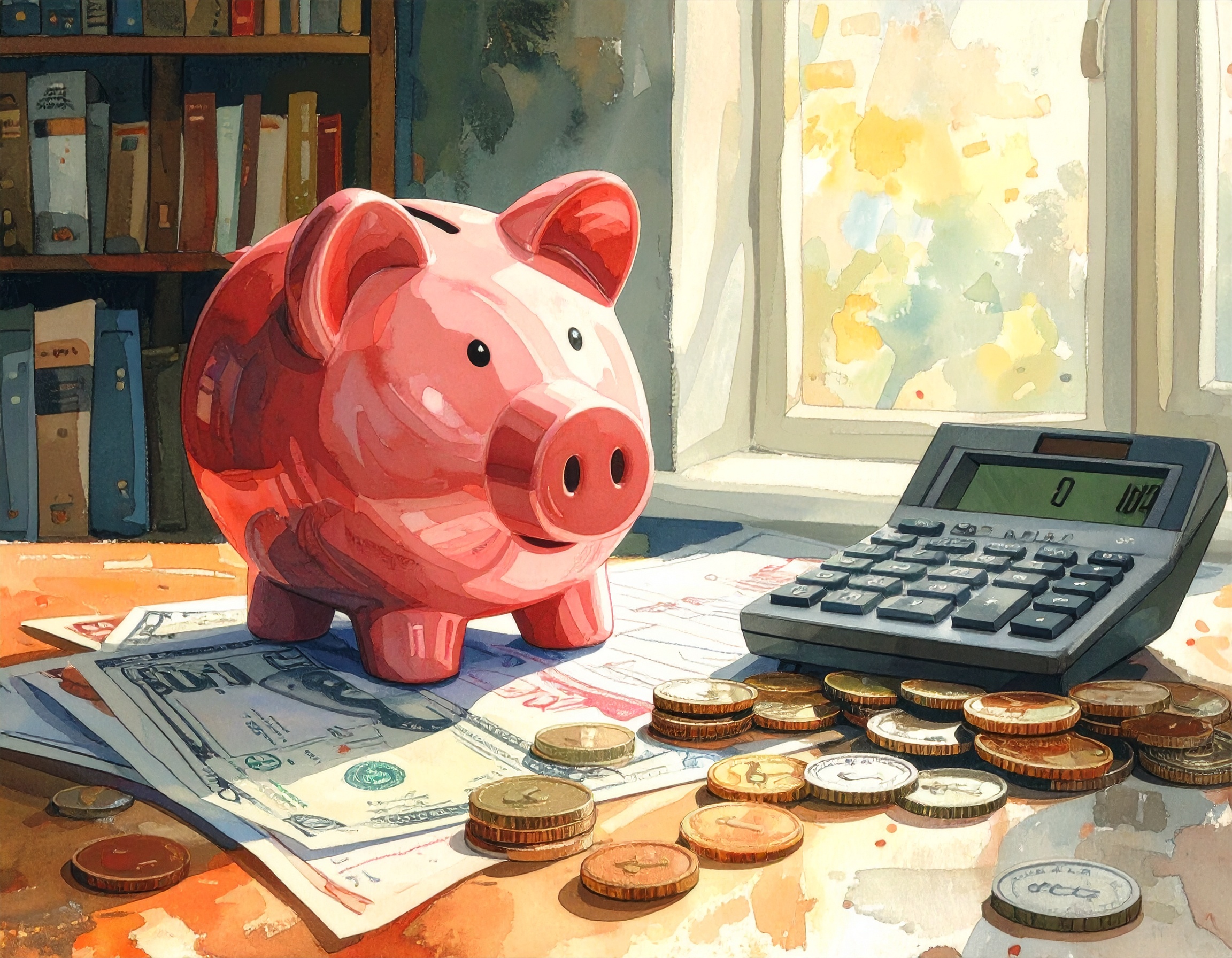
At Wise-Wallet, personal finance is a journey.
Read MoreCorrect! Keep Going!
“High-yield” savings accounts pay interest rates (APY) that are higher than traditional brick-and-mortar savings accounts, but advertising sometimes implies they rival investment returns. That’s misleading. High-yield savings are still deposit accounts that aim to preserve principal and provide liquidity; their APYs change with short-term interest-rate environments and remain far below long-term historical stock-market returns. Their virtues are safety (in many countries deposits are insured up to a limit), predictability, and immediate access — qualities that make them suitable for emergency funds and short-term goals. Comparing them to stocks or broad-market ETFs is an apples-to-oranges exercise: one is cash-like with principal protection, the other accepts volatility in exchange for higher expected returns.
Use high-yield savings appropriately: for the emergency fund, short horizon goals (e.g., next 1–3 years), or as a place to park money while planning investments. Consider laddering (short-term CDs or staggered maturities) if you can lock funds for slightly higher yields and still keep periodic access. If your goal horizon is long (5+ years) and you can tolerate volatility, equities or diversified bonds typically offer better expected returns. Always factor in fees or balance requirements that might reduce the advertised APY — read terms carefully. In short, high-yield savings are a great tool for safety and liquidity but do not provide market-level returns; they serve different purposes in a balanced financial plan.
By Quiz Coins
Automating savings with payroll deductions or scheduled transfers removes friction and makes building wealth more consistent.

Pick cards to match your life: cashback for simplicity, travel cards for frequent flyers who use perks, and balance-transfer cards to crush debt — then automate, pay in full, and track value.
Read More
Build a simple, automatic emergency fund by choosing a target, automating transfers, and using low-effort saving hacks — no spreadsheets required.
Read More